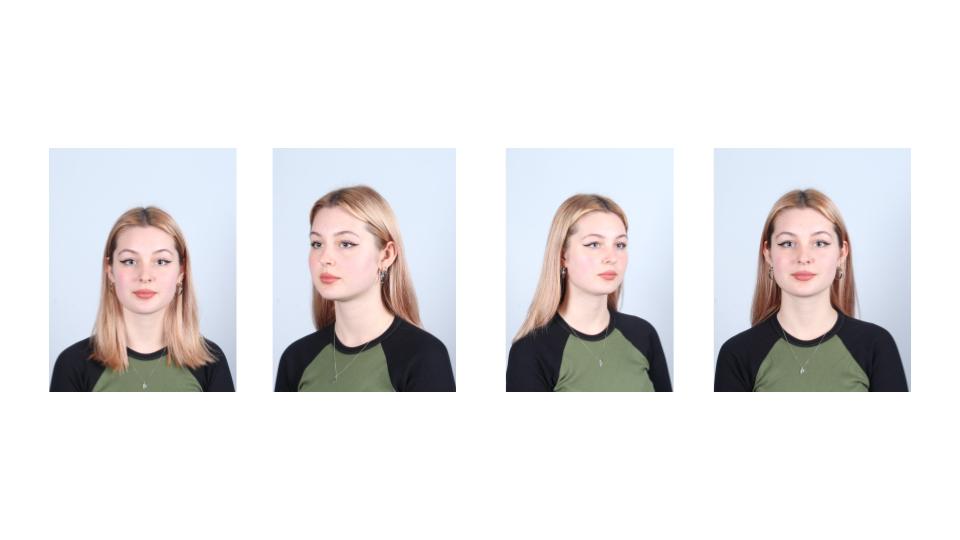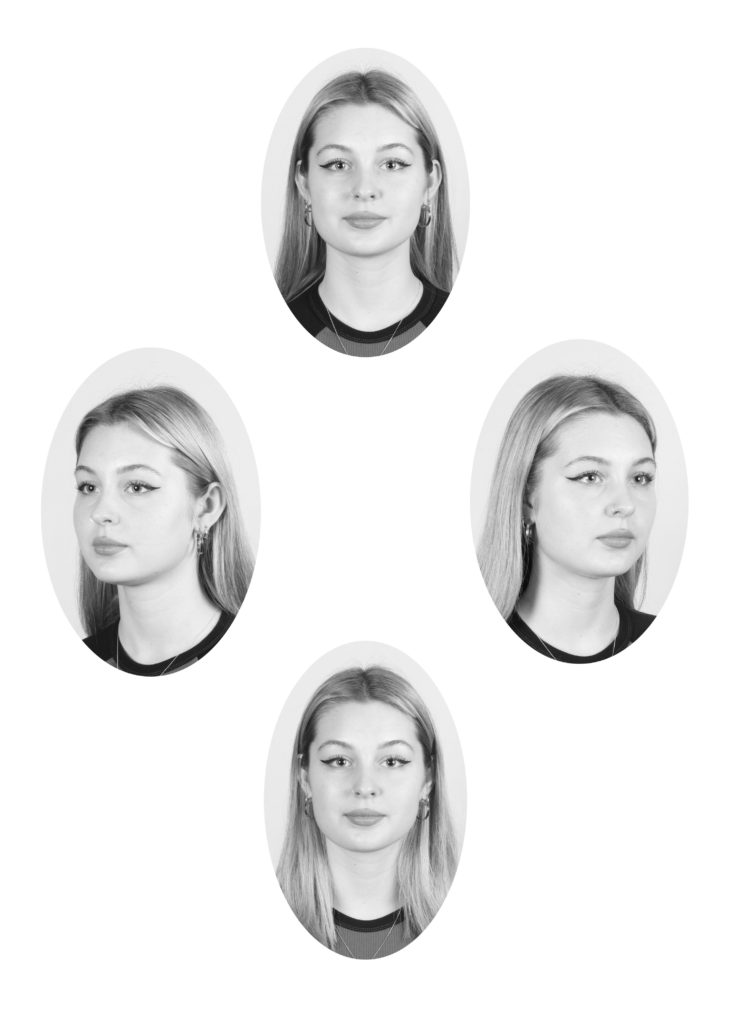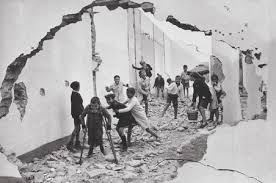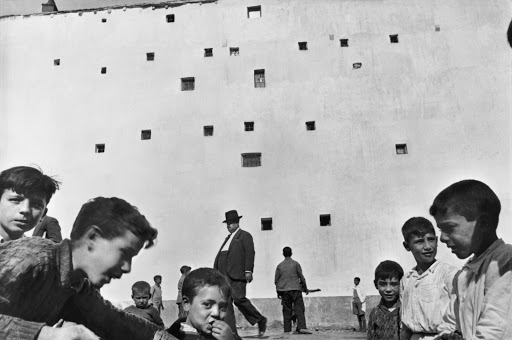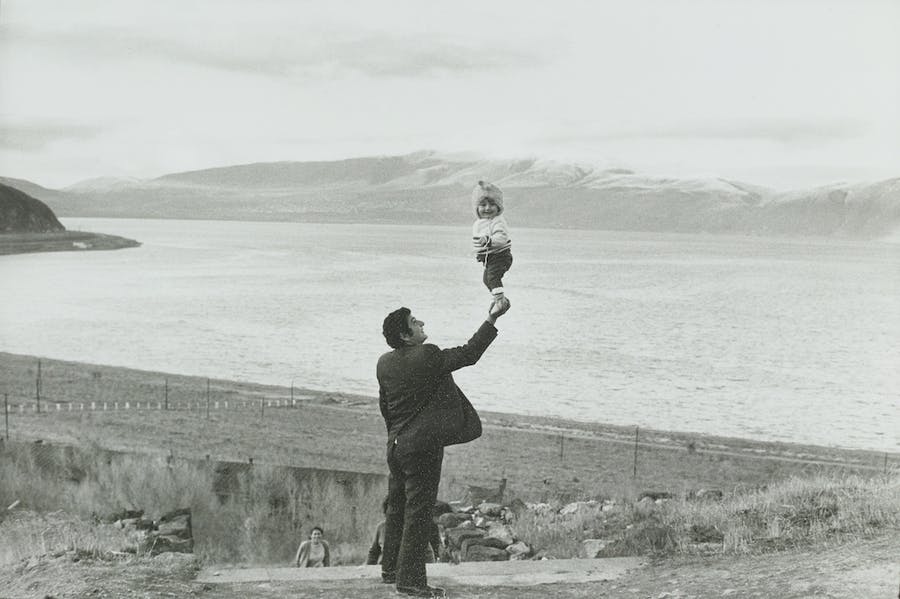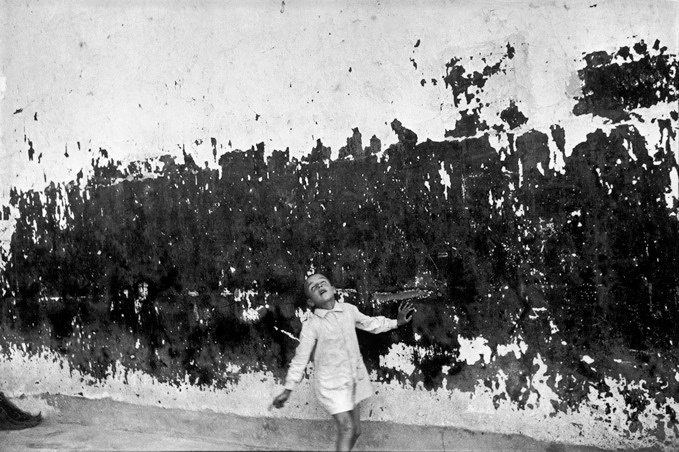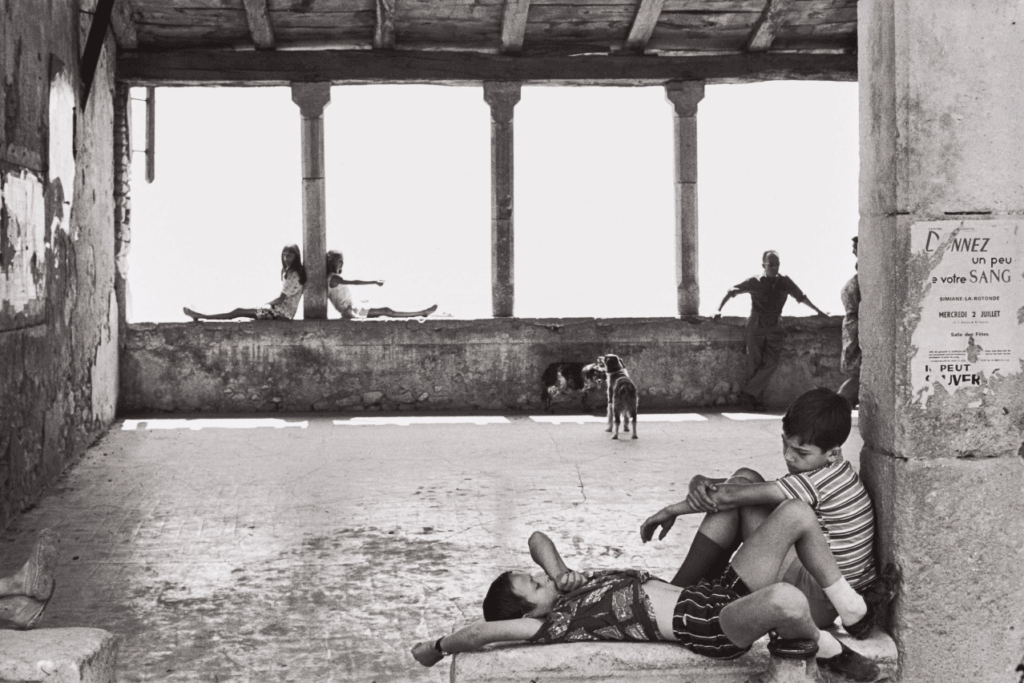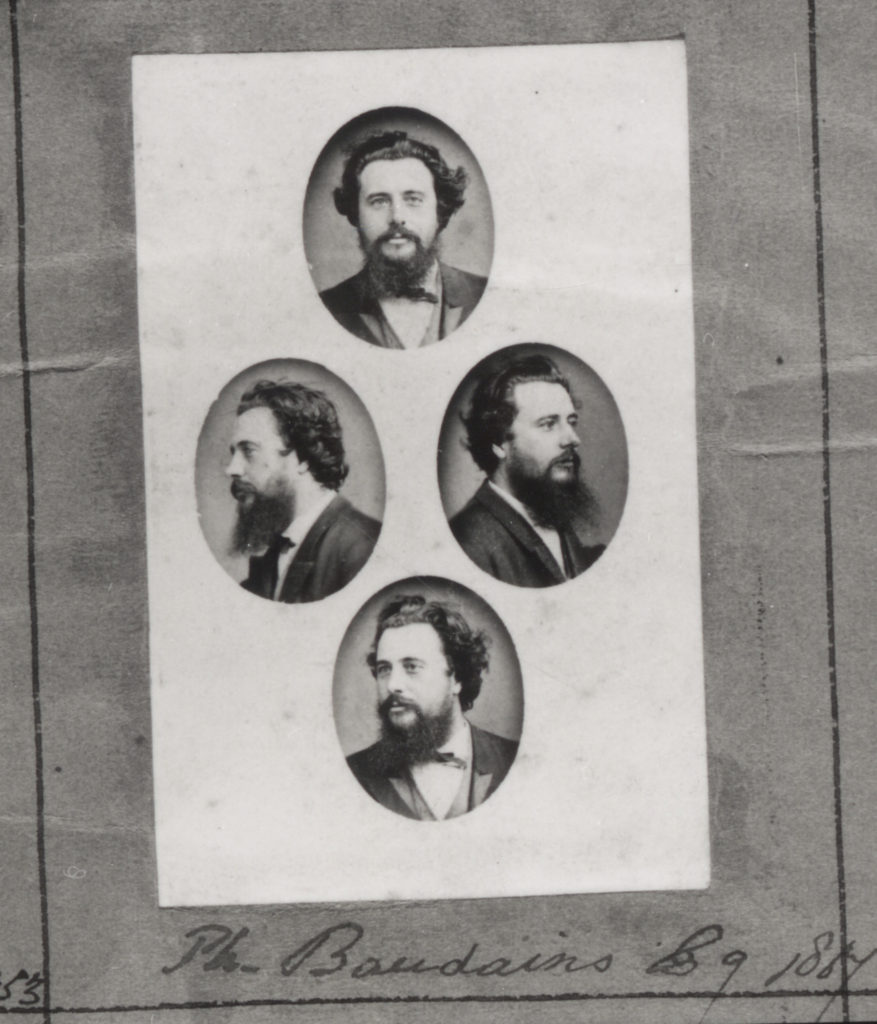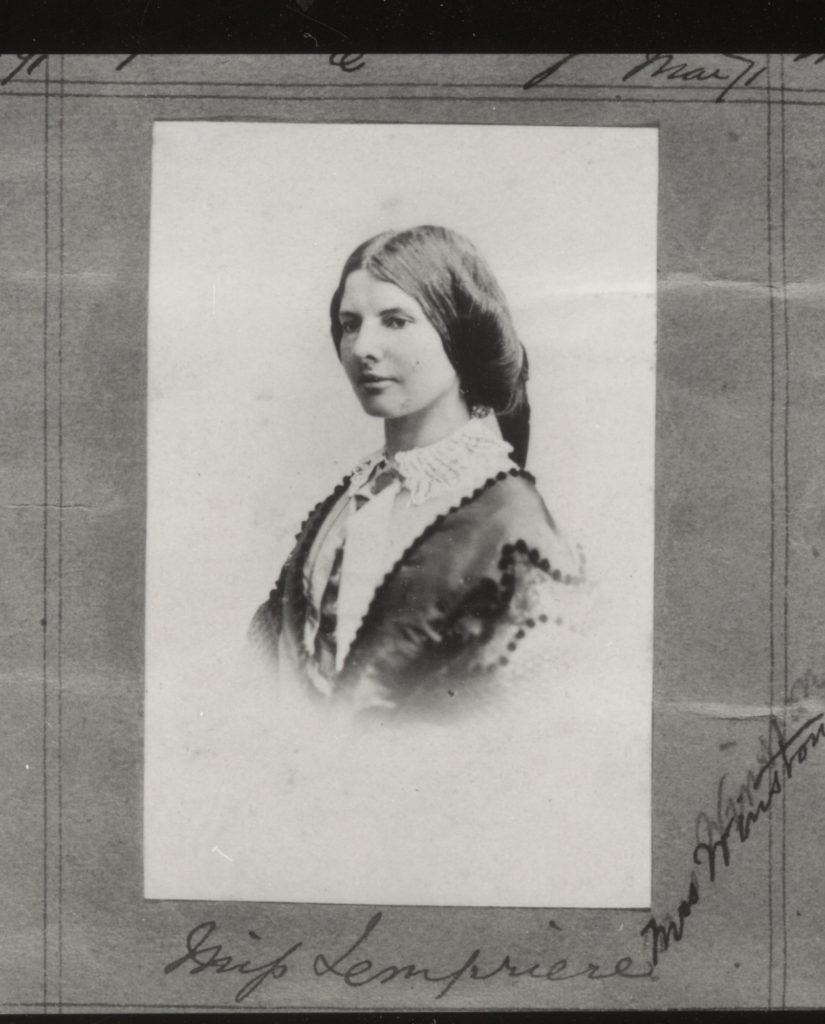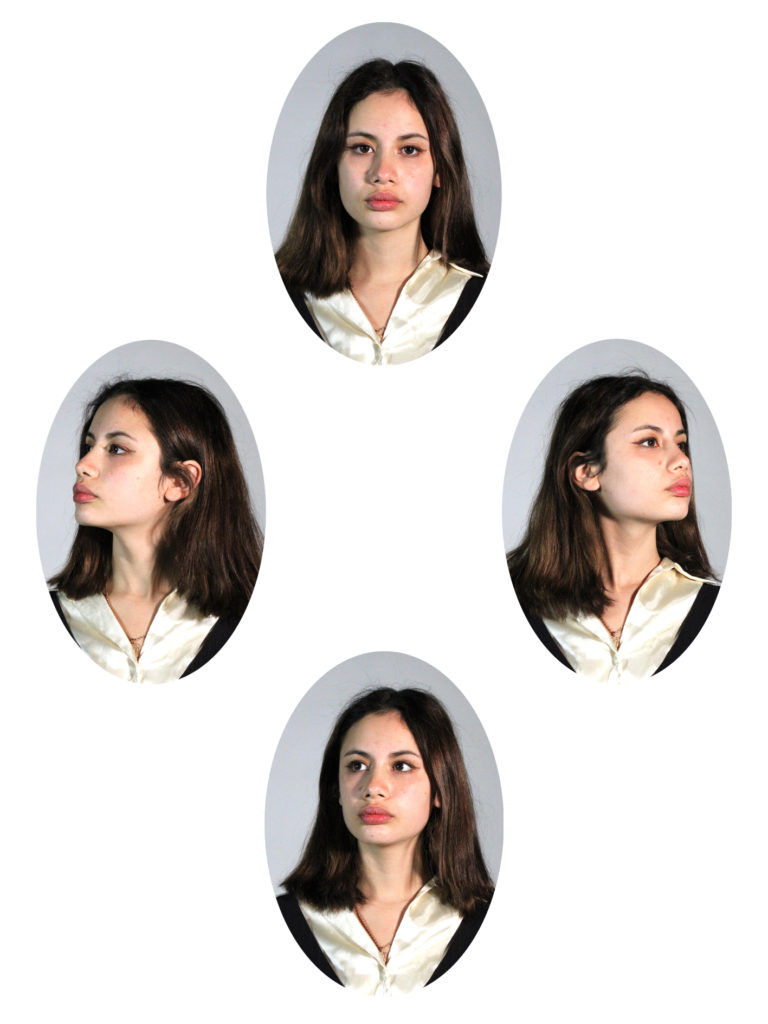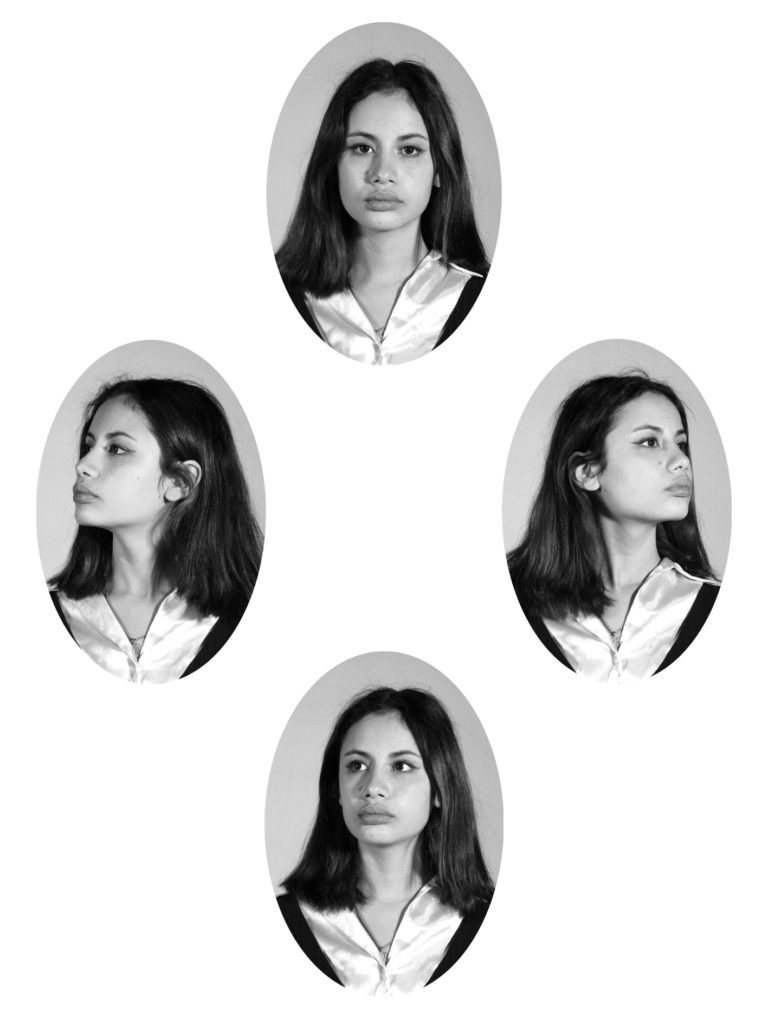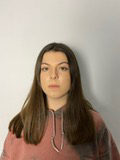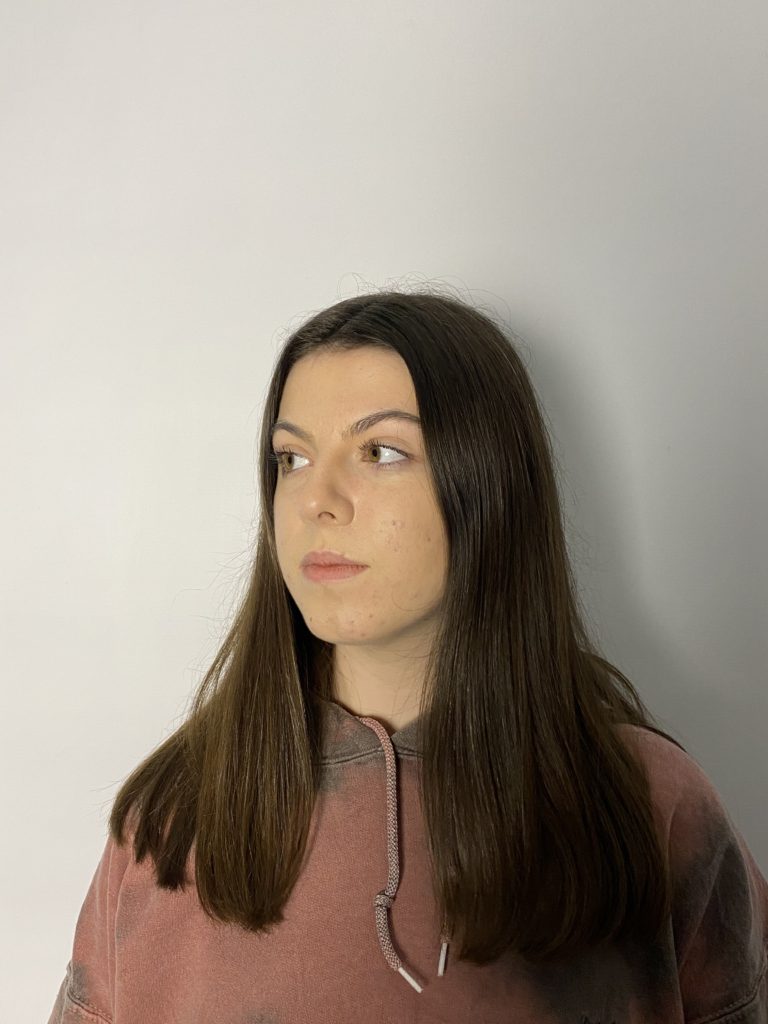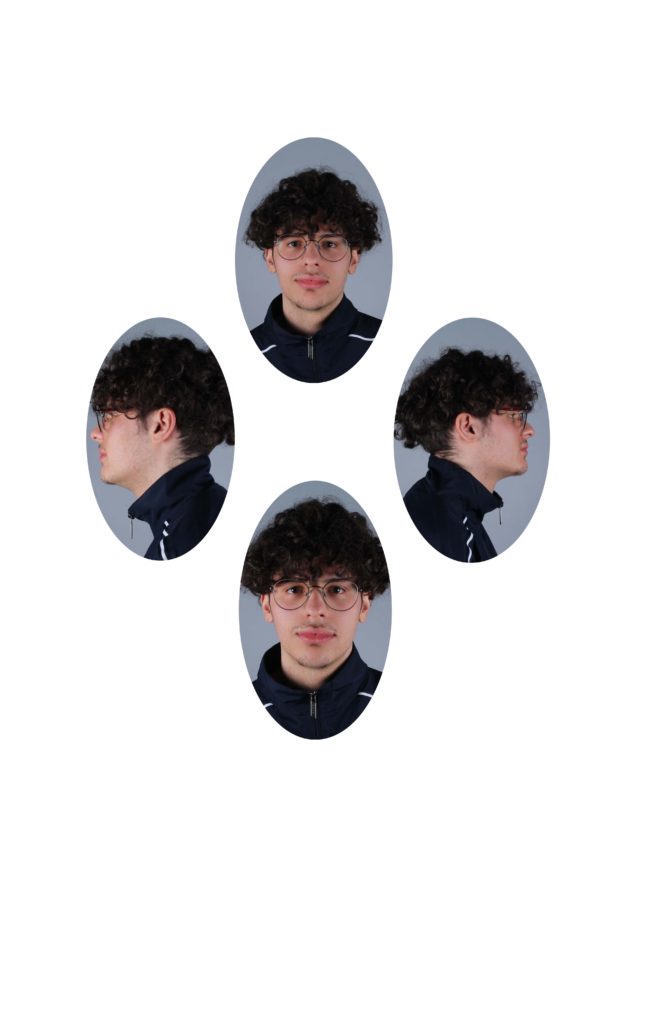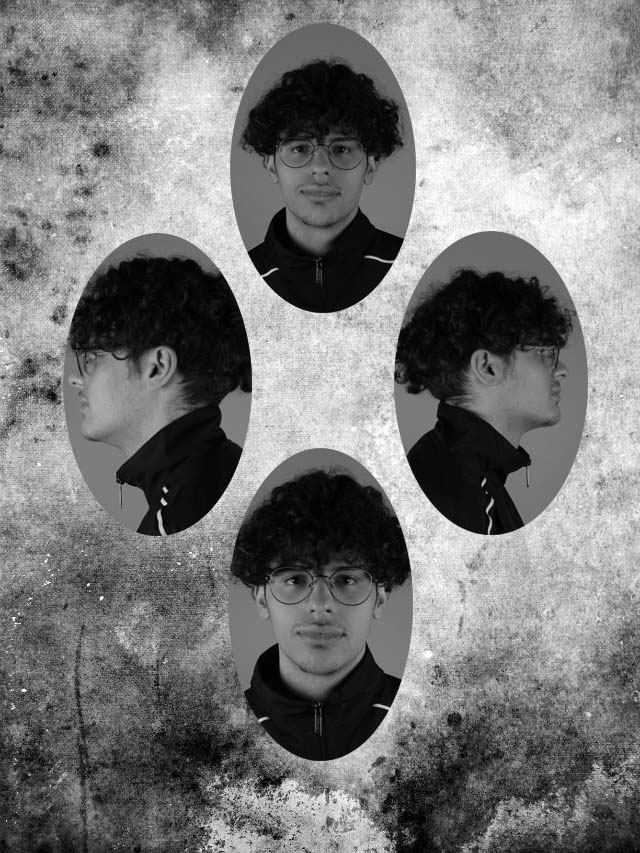What is a close up image?
A close up is when the photographer only focus on a part of the face, which fills up most of the image. It draws more attention on their facial features and expressions.
Satoshi Fujiwara – (reference)
Satoshi Fujiwara is a Kobe-born, Berlin-based artist and photographer.
He creates emphasis on facial features and expressions through the focal length.
He mainly uses different people to photograph as it tells a different story and has a different meaning every-time. He creates different angles and composition to make the viewer re think what the subject is feeling.
As you can see, Satoshi Fujiwara uses a low f stop to create high depth of field, as it creates a stronger focal point. In the images all 4 include high detail, where you can see every strand of hair, and detailing in the skin. The subject isn’t looking at the camera, and most of the entire head is in view. The exposure is good, as there is a balance between the shadows and the highlights.
My images – Contact Sheet
I picked out 4-6 images that I felt were the best ones, which I would later pick 1 or 2 as my final images. This really helped decide what images were stronger.
Best Images
These were the best images off of the contact sheet, which I edited in Photoshop.
Final Images (1)
I chose 2 images as i thought they were both equally as good. They both focus on facial features, specifically the eye, like Satoshi Fujiwara work.
The eye is the centre piece in this image, which displays the complexity in the detail.
The blur around the outside of the eye make the eye the focus point, make it seem that the eye is staring at you.
The eye contact with the camera makes it a stronger image as there is more of a direct and emotional atmosphere between the viewer and the image.
Overall, the skin tones are nicely balanced and the composition creates a slight foreground, that contrasts the eye behind it.
Final Images (2)
There is so much detail and intricacy in the eye which makes the image stronger.
Since I used a macro lens I was able to create a shallow depth of field. This made it so the eye and part of the eye lashes were focused, and the rest wasn’t, which draws more attention to the eye itself.
Overall, I like how the eye is in the centre and fills up most of the screen. The colours are strong and provide key details, although I feel like the blue background takes the blue and green eye colour and takes some of the value or significants away.
Therefore, this maybe be considered better, as that blue background is now more dull, as I desaturated it. Which brings more “life” and attention to the eye.
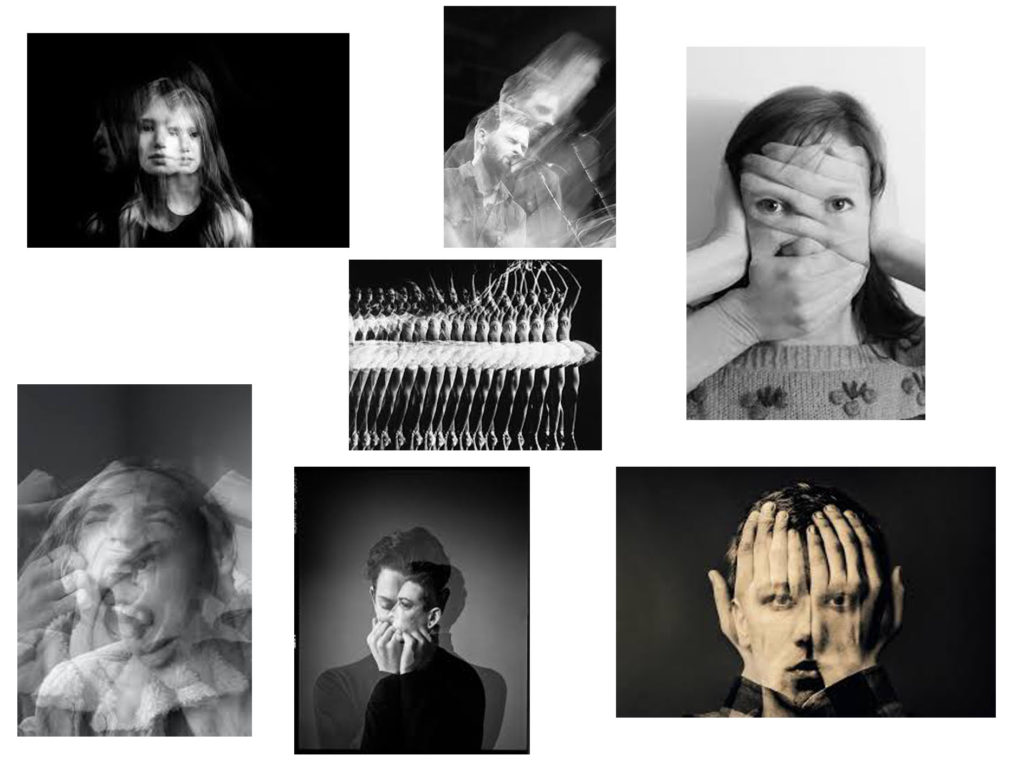
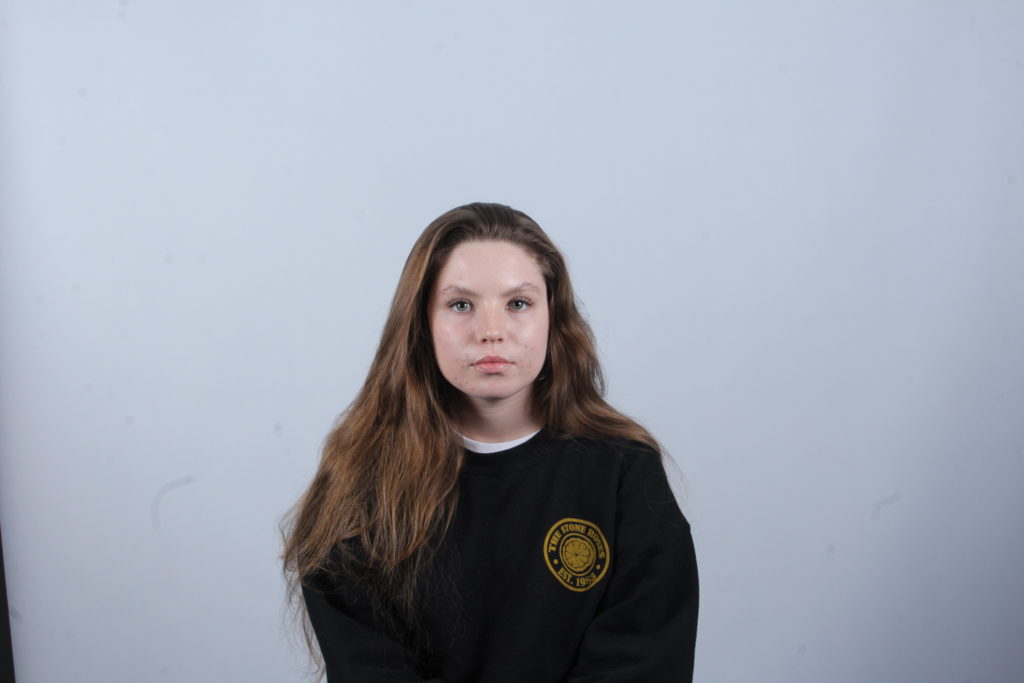
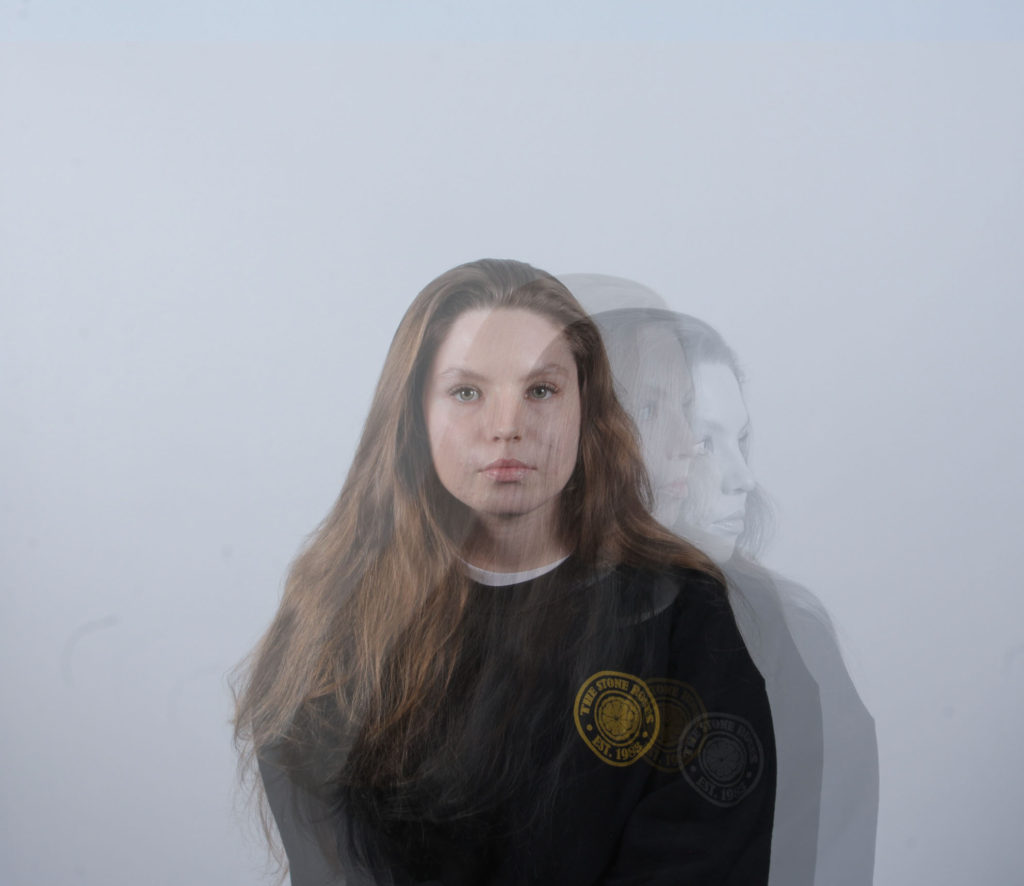
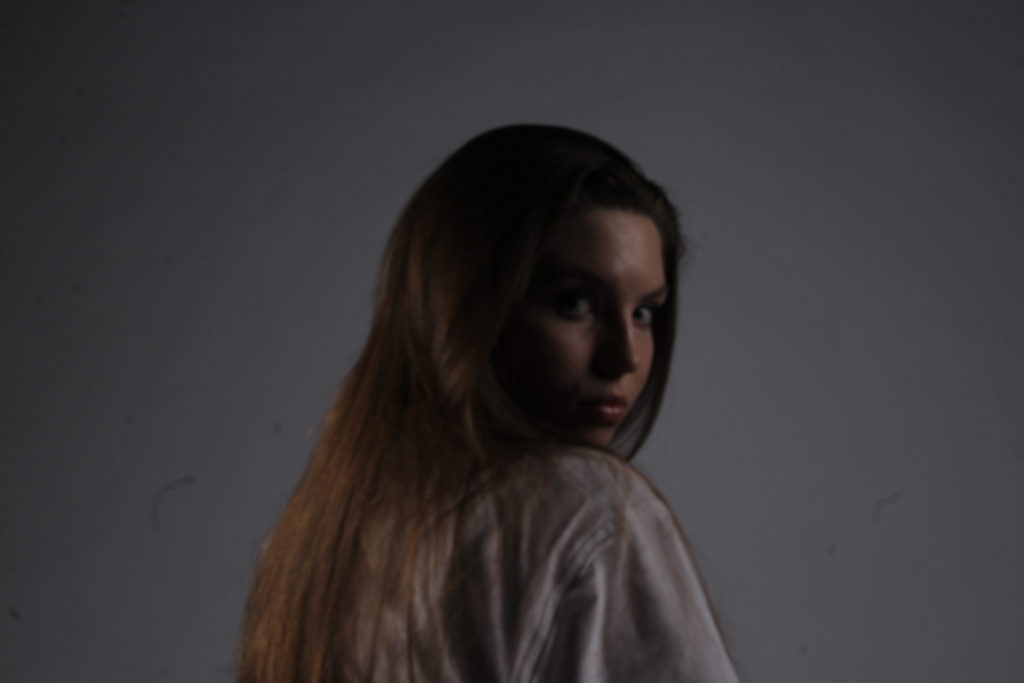
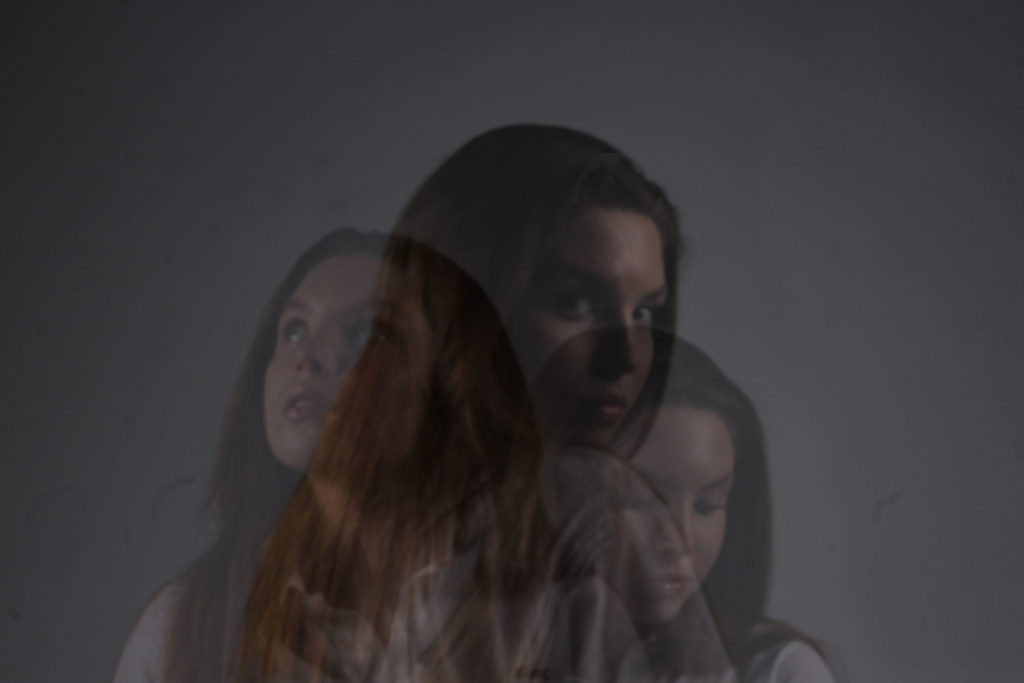

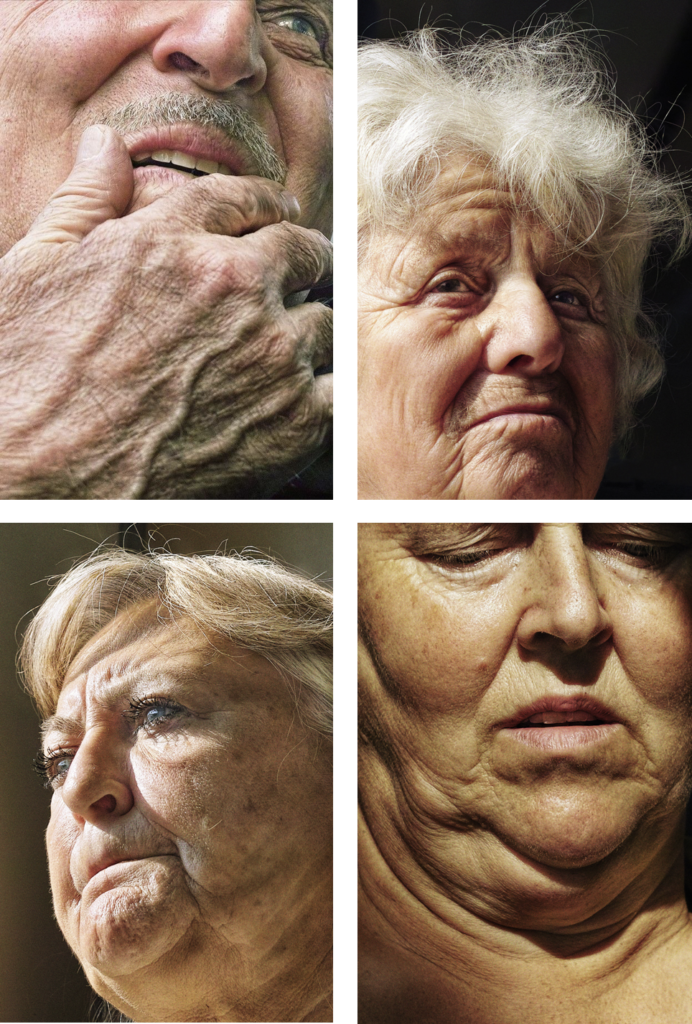
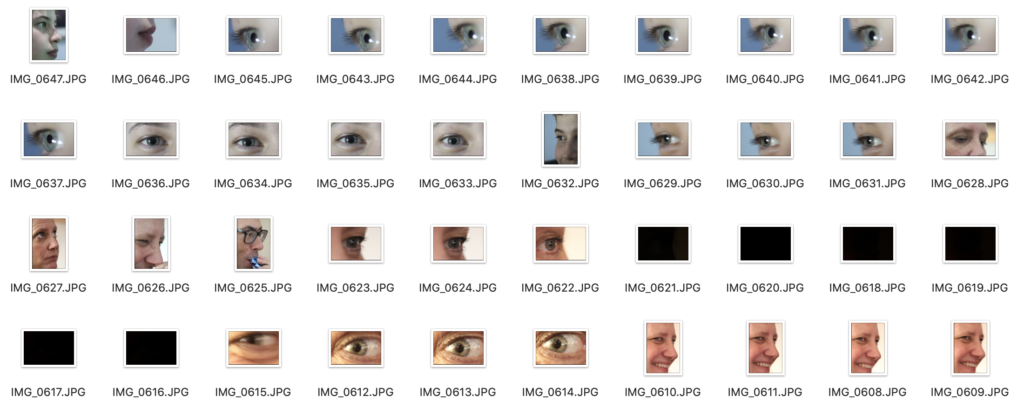
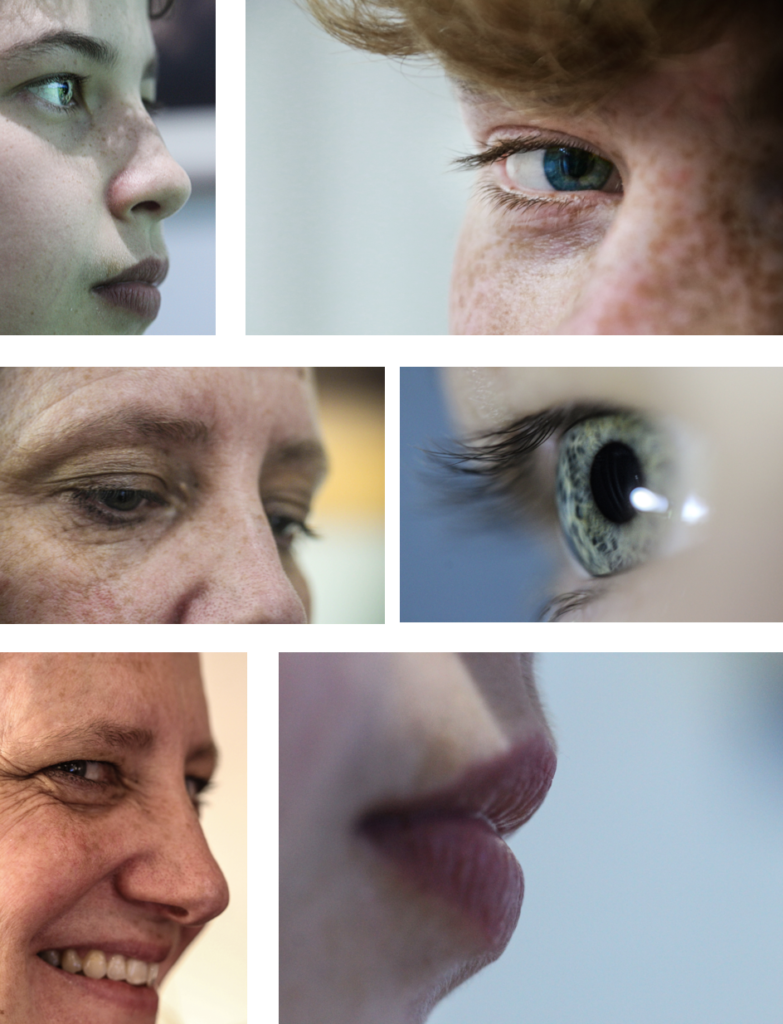

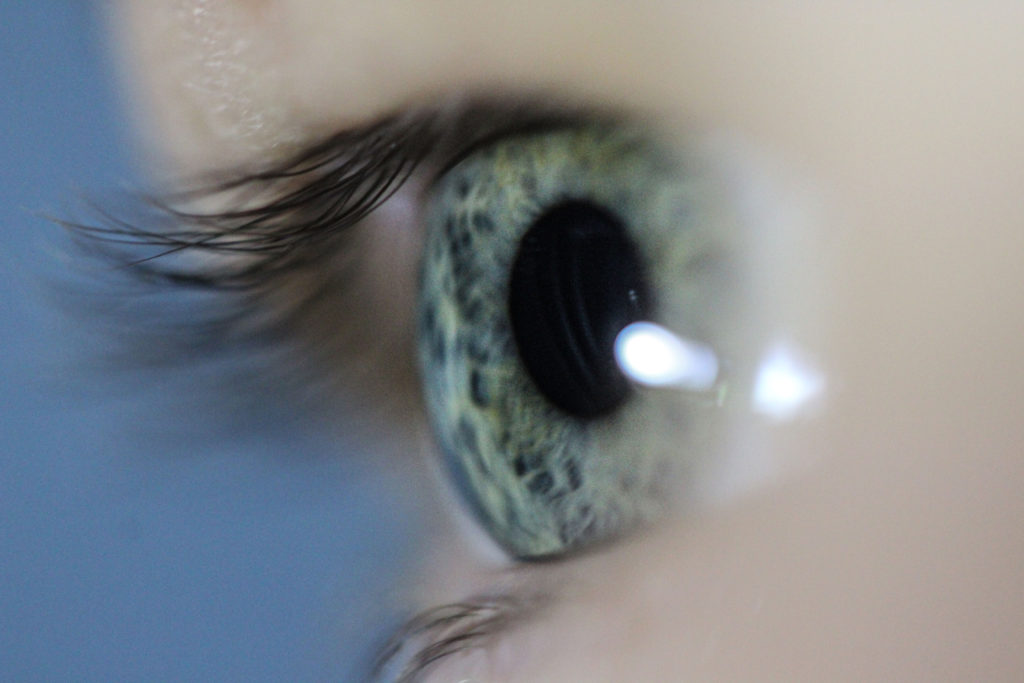

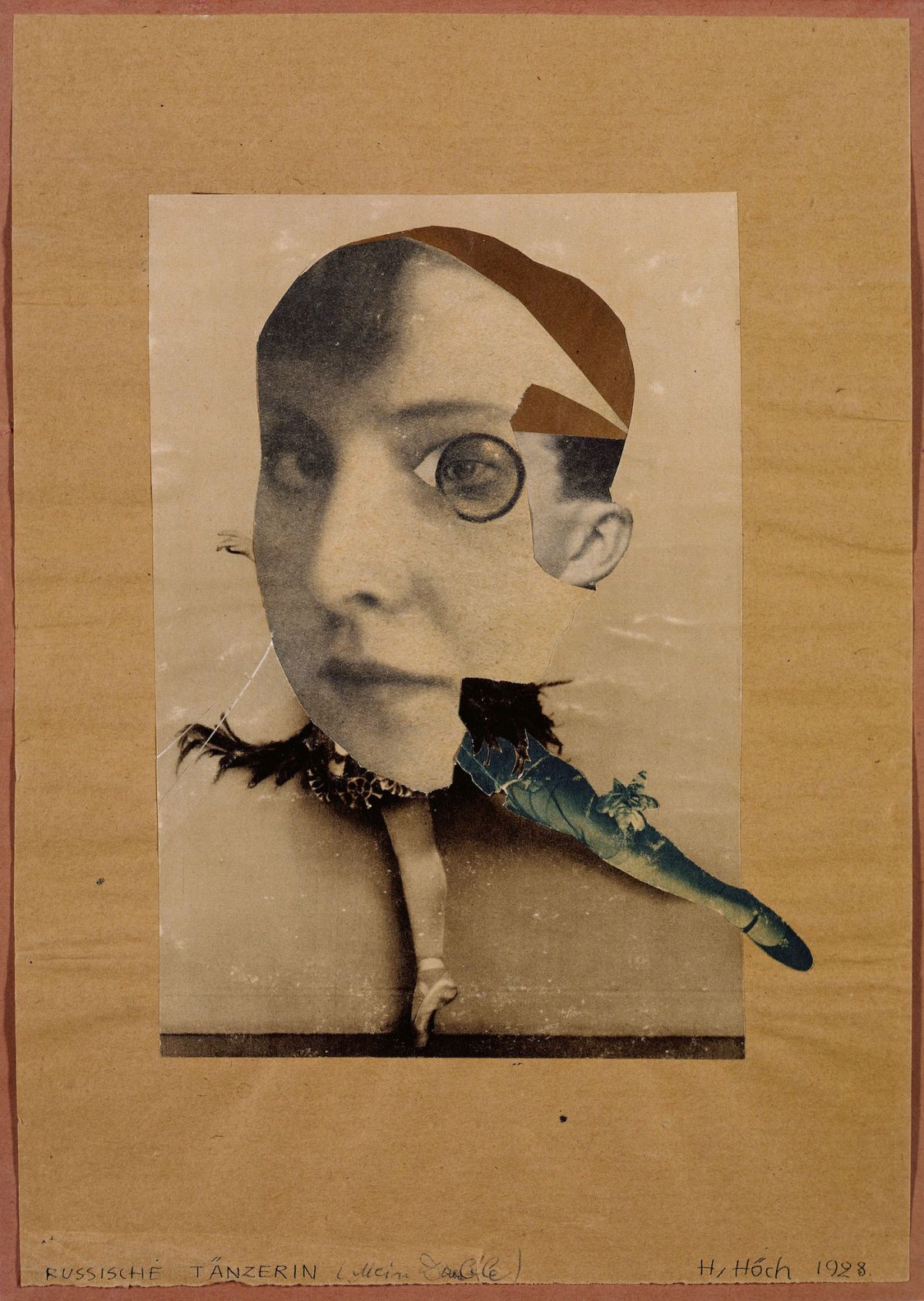

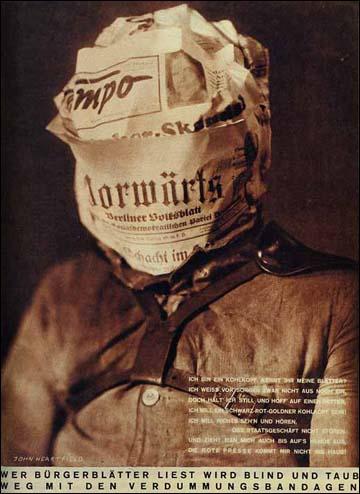






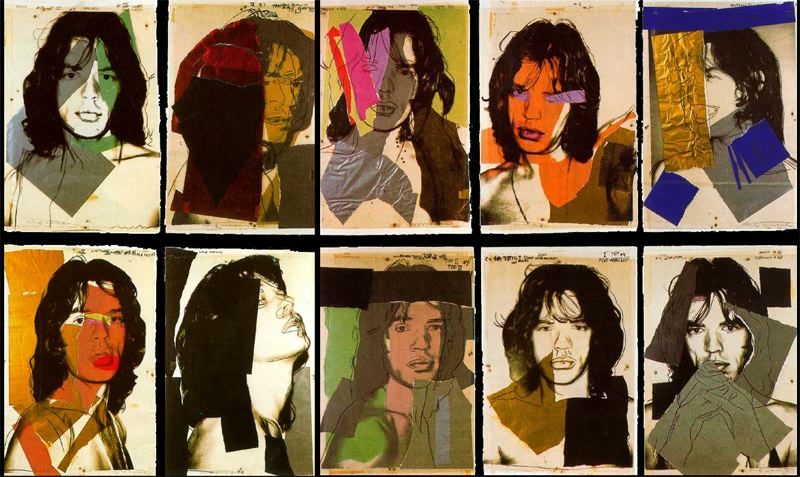

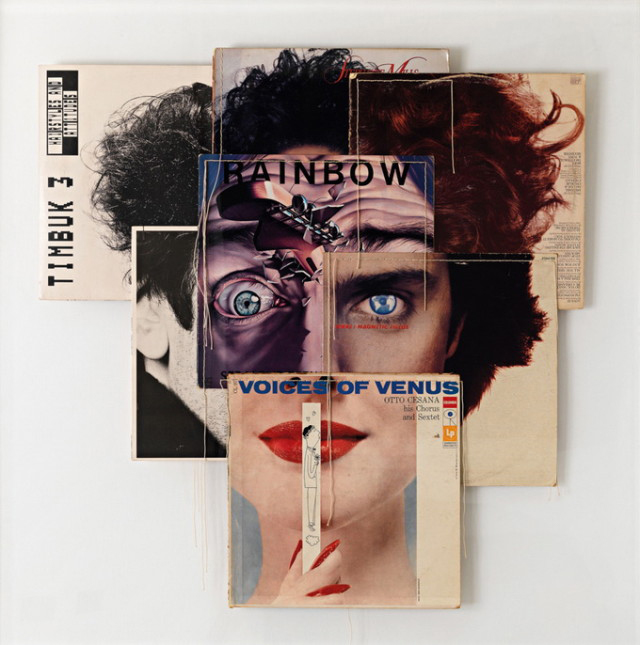


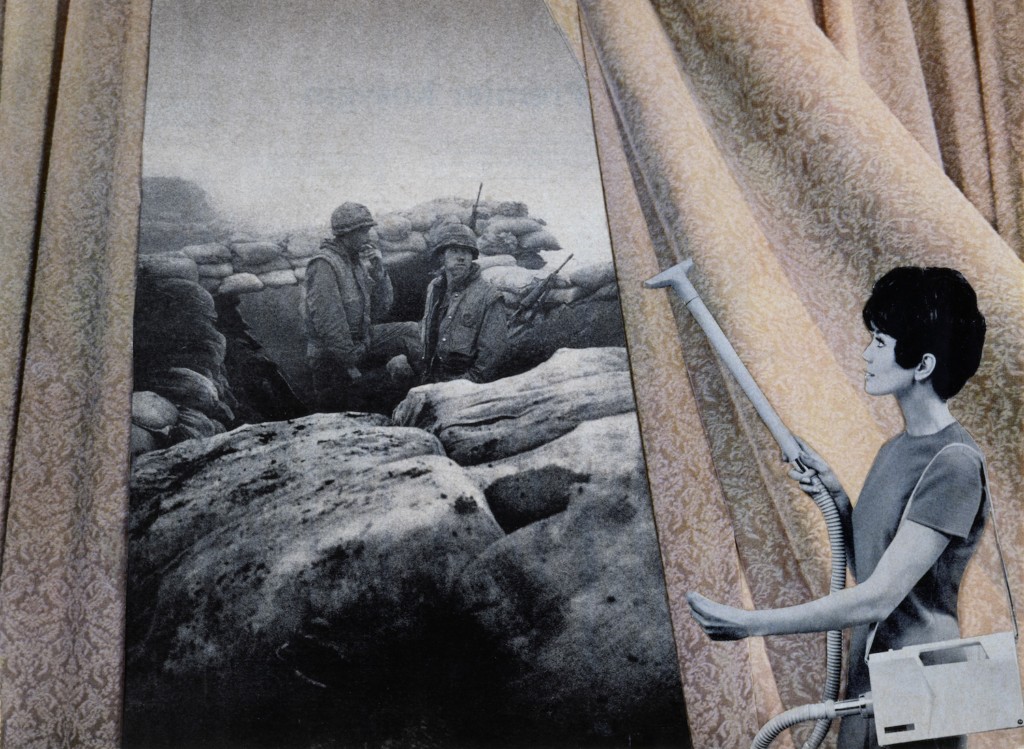
.jpg)




